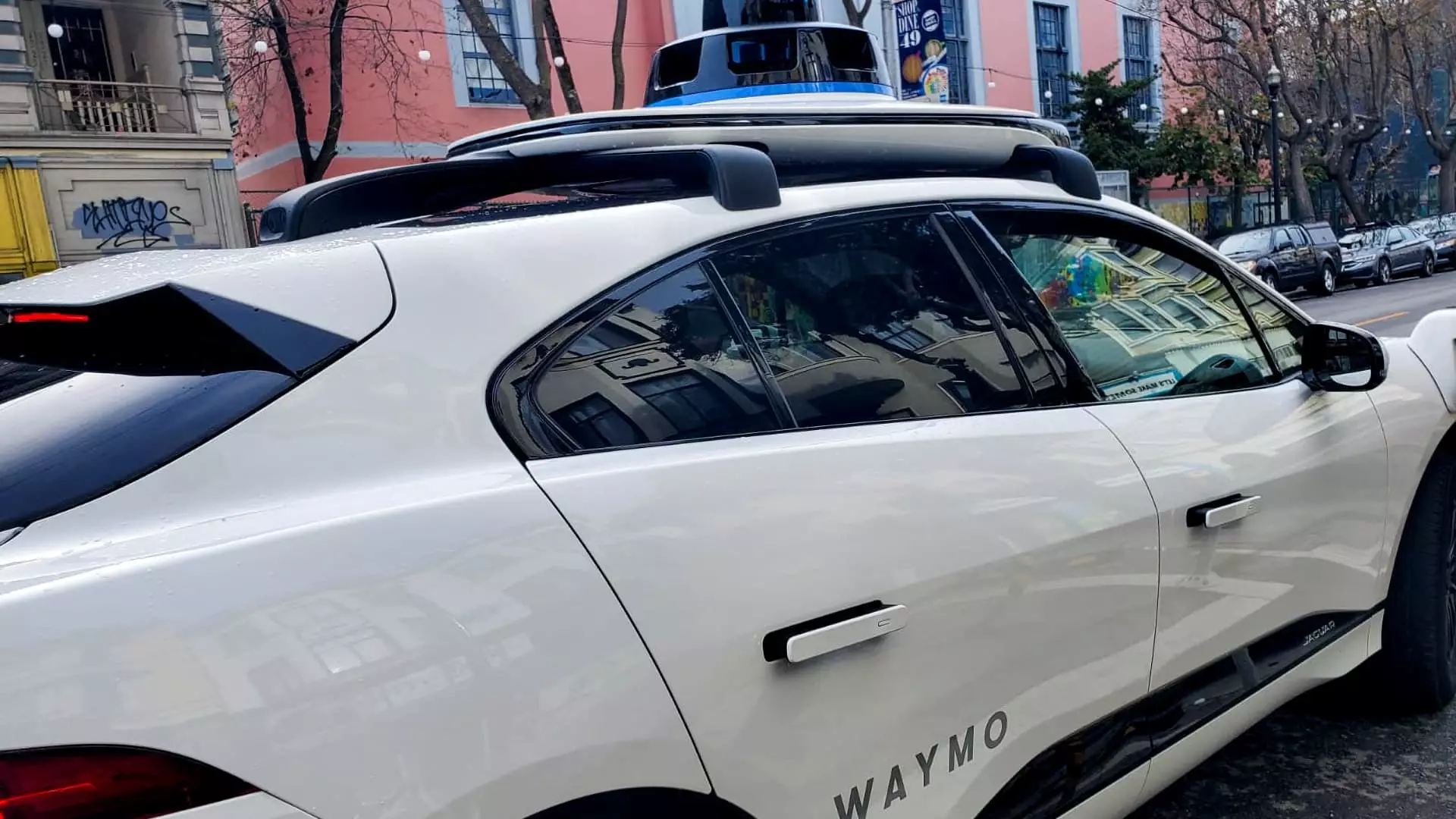In an ambitious move that underscores its commitment to global expansion, Waymo, the autonomous vehicle subsidiary of Alphabet, has announced plans to initiate testing of its self-driving cars in Tokyo starting in early 2025. This marks a significant milestone for the company as it ventures beyond U.S. borders into one of the world’s most bustling metropolitan landscapes. Although Waymo has yet to outline specific commercial launch plans, the preliminary testing phase could lay critical groundwork for future operations in Japan.
Waymo’s strategy involves working closely with Japan’s foremost taxi operator, Nihon Kotsu, alongside a taxi app called GO. The partnership is designed to facilitate the mapping of iconic districts in Tokyo—such as Minato, Shinjuku, Shibuya, Chiyoda, Chūō, Shinagawa, and Kōtō—through a process that initially employs human drivers. This manned phase is intended to gather essential data that will refine Waymo’s AI algorithms, essential for the successful operation of autonomous vehicles in an urban setting. Additionally, testing will extend to a specialized controlled environment within the U.S. that simulates Japanese driving conditions, allowing for enhanced preparation before actual deployment.
Waymo’s foray into Japan is rooted in a desire to integrate seamlessly into the local transportation ecosystem. In a recent statement, the company emphasized its intent to collaborate with local stakeholders, including government entities and community organizations. Through these partnerships, Waymo aims to gain insights that will inform how its technology can be optimized to meet the needs of the Tokyo populace, particularly as the area seeks innovative solutions to address its unique transportation challenges.
Japan’s ongoing demographic shift, characterized by an aging population, creates a pressing need for enhanced mobility solutions—a sentiment echoed by governmental studies. The Japanese government, alongside the Tokyo Metropolitan government, recognizes the potential for driverless technology to alleviate transportation strains on the elderly demographic. In a progressive approach, certain districts within Tokyo have already been established as “test zones” dedicated to the safe advancement of autonomous vehicle technologies, reflecting a receptiveness to innovation within this traditional society.
Waymo’s entry into the Japanese market is particularly noteworthy given the backdrop of recent turbulence in the autonomous vehicle sector. Just before Waymo’s announcement, General Motors declared the cessation of its Cruise robotaxi segment, signaling challenges within the space. The timing is crucial; Waymo must navigate a landscape populated by local startups like Tier IV and robotics firms such as ZMP, which are vying to shape the future of autonomous transportation in Japan. Additionally, Monet Technologies—a company partially financed by Toyota—has set sights on launching a self-driving taxi service in Tokyo’s Odaiba district, signifying that competition is on the rise.
Looking toward the future, Waymo plans to maintain a presence in Japan for the foreseeable future, although specifics remain largely undisclosed. The collaboration with Nihon Kotsu suggests a functional model for management and servicing of its vehicles within the region. Meanwhile, in parallel endeavors, Waymo has also been eyeing expansion within the U.S. market, with plans to broaden its autonomous testing in cities such as Miami, Austin, and Atlanta, in collaboration with the ride-hailing giant Uber.
Waymo’s forthcoming operations in Tokyo represent more than just an expansion; they symbolize the potential for transformative changes in urban transportation. By forging strategic alliances and adapting to local contexts, the company is well-positioned to redefine mobility in a city known for its complexity and innovation. As Waymo embarks on this new chapter, the outcome of its endeavors will be meticulously observed—not only in Japan but across the global autonomous driving community, as it faces both opportunities and challenges ahead.


Leave a Reply